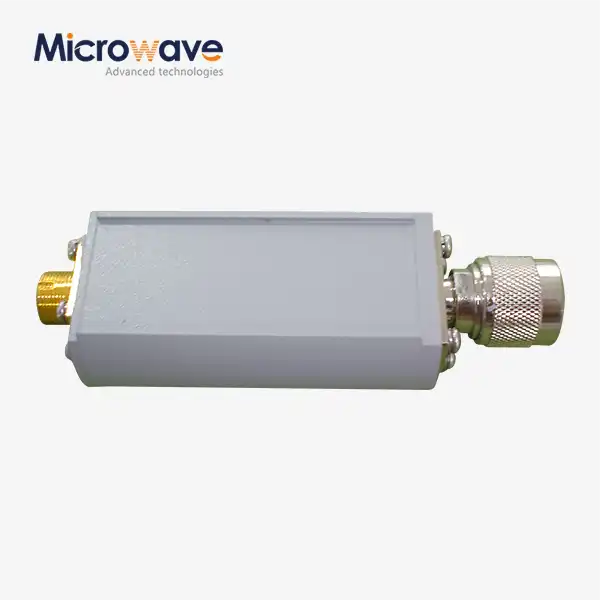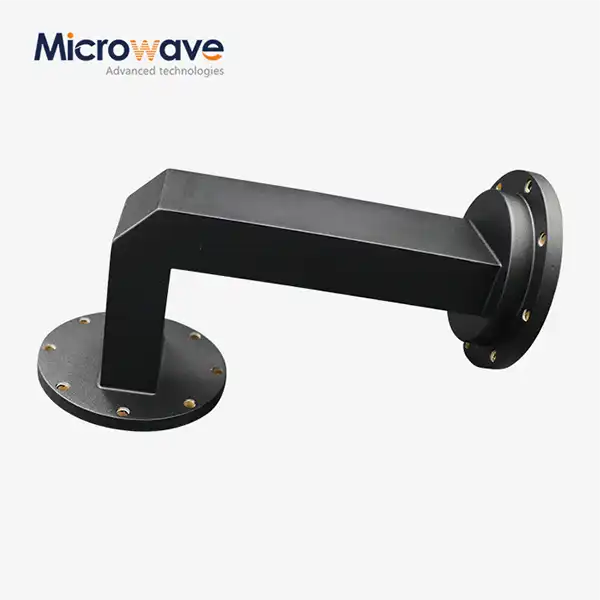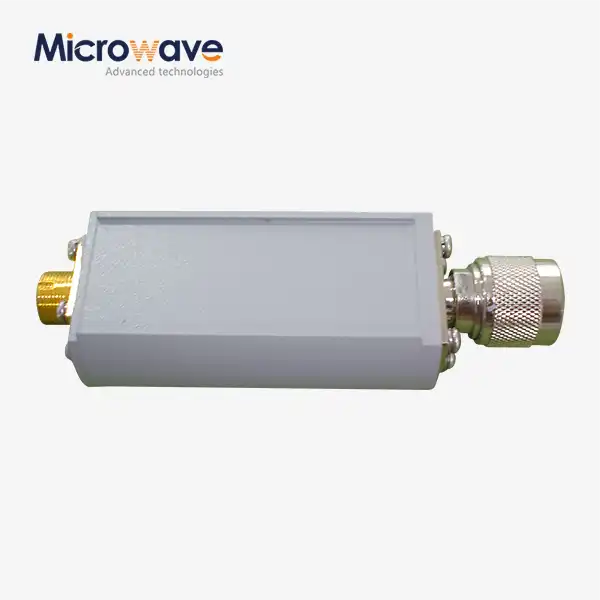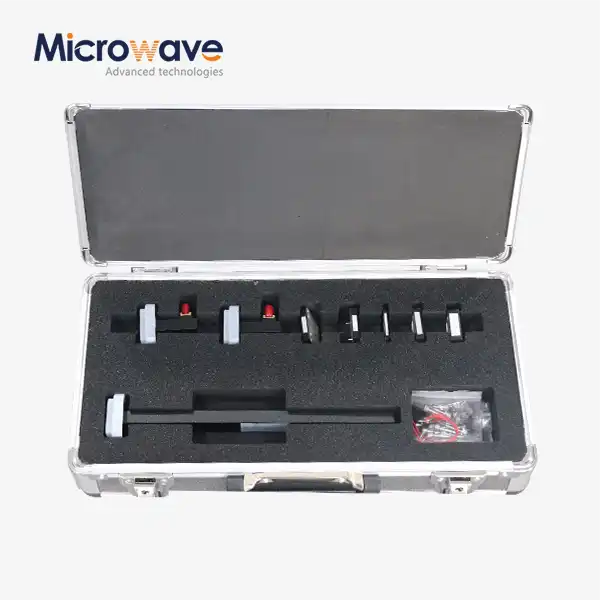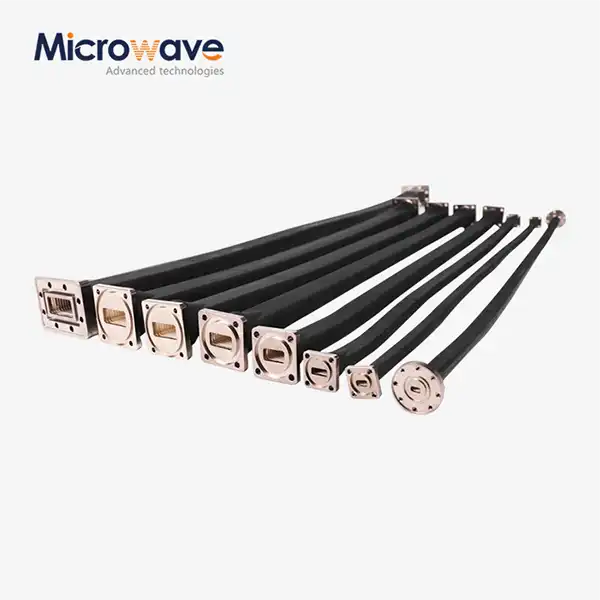Enhancing EMC Testing Accuracy with Broadband Conical Linear Polarization Horn Antennas
Electromagnetic Compatibility (EMC) testing faces mounting challenges as electronic devices become increasingly complex and operate across broader frequency ranges. Traditional testing methods often fall short when it comes to achieving precise measurements, particularly in environments where interference patterns vary dramatically. The struggle to maintain consistent signal integrity while testing across multiple frequency bands has led many engineers to seek more reliable solutions. This is where the revolutionary Conical Linear Polarization Horn Antenna emerges as a game-changing technology, offering unparalleled accuracy and stability for comprehensive EMC testing applications across industries ranging from aerospace to telecommunications.
Understanding the Critical Role of Conical Linear Polarization Horn Antennas in Modern EMC Testing
Fundamental Principles Behind Advanced Horn Antenna Technology
The Conical Linear Polarization Horn Antenna represents a significant advancement in electromagnetic testing methodology, fundamentally transforming how engineers approach compliance testing and interference analysis. Unlike conventional antenna designs that suffer from pattern distortion and frequency-dependent performance degradation, these specialized antennas maintain exceptional stability across their entire operational bandwidth. The conical design creates a unique electromagnetic environment that ensures uniform field distribution, critical for accurate measurement of radiated emissions and immunity testing. This technology addresses the inherent limitations of traditional testing setups where inconsistent radiation patterns could lead to measurement uncertainties and potential compliance failures. The operational excellence of Conical Linear Polarization Horn Antennas stems from their ability to maintain consistent impedance matching across broad frequency ranges, typically spanning from 1 GHz to 110 GHz. This wide bandwidth capability eliminates the need for multiple antenna systems, streamlining testing procedures and reducing both equipment costs and setup complexity. The linear polarization characteristic ensures compatibility with standardized test procedures while providing the flexibility to adapt to various testing configurations through the integration of polarization converters when circular polarization becomes necessary.

Advanced Design Features Driving Superior EMC Testing Performance
The engineering excellence embedded within modern Conical Linear Polarization Horn Antenna designs reflects decades of microwave technology advancement and practical testing experience. These antennas incorporate sophisticated materials science, utilizing high-grade aluminum construction with specialized corrosion-resistant coatings that maintain performance integrity even under demanding environmental conditions. The precision manufacturing processes, including electroforming and whole processing techniques, ensure dimensional accuracy that directly translates to consistent electromagnetic performance. The conical geometry itself represents a carefully optimized balance between directional gain and beamwidth characteristics, enabling these antennas to achieve typical gain values of 20 dB or higher while maintaining controlled radiation patterns. This performance combination proves essential for EMC applications where both sensitivity and spatial resolution matter significantly. The ability to customize dimensions, connector types, and frequency responses allows these antennas to integrate seamlessly into existing test environments while meeting specific regulatory requirements across different markets and applications.
Optimizing EMC Test Chamber Performance Through Strategic Horn Antenna Selection
Maximizing Signal Integrity in Controlled Testing Environments
Modern EMC test chambers demand antenna systems capable of delivering consistent, predictable performance across diverse testing scenarios. The Conical Linear Polarization Horn Antenna excels in these controlled environments by providing stable radiation characteristics that remain unaffected by chamber geometry variations or environmental factors. The inherent design stability ensures that measurement repeatability meets the stringent requirements of international EMC standards, including CISPR, IEC, and FCC regulations. The broad frequency coverage capability of these advanced horn antennas eliminates the need for frequent antenna changes during comprehensive testing sequences, significantly reducing test time and minimizing the potential for measurement errors introduced by equipment transitions. This streamlined approach proves particularly valuable when conducting full compliance testing suites that encompass both conducted and radiated emission measurements, as well as immunity testing across multiple frequency bands and power levels.
Addressing Complex Interference Scenarios with Enhanced Measurement Precision
Real-world electromagnetic environments present complex interference patterns that challenge conventional testing methodologies. The Conical Linear Polarization Horn Antenna addresses these challenges through its superior pattern control and consistent gain characteristics, enabling accurate characterization of interference sources even in the presence of multiple signal contributors. The antenna's ability to maintain stable performance across temperature variations from -40°C to +85°C ensures reliable operation in diverse testing conditions, from automotive EMC testing in thermal chambers to aerospace applications requiring extreme temperature tolerance. The lightweight design philosophy incorporated into these antennas facilitates flexible positioning and orientation adjustments necessary for comprehensive spatial scanning procedures. This mechanical flexibility, combined with the electrical performance stability, enables testing engineers to implement sophisticated measurement techniques such as near-field to far-field transformations and detailed radiation pattern analysis that would be challenging or impossible with conventional antenna systems.
Advanced Applications Driving Industry Adoption of Conical Linear Polarization Horn Antennas
Satellite Communication Systems and Deep Space Applications
The demanding requirements of satellite communication systems have driven significant innovations in Conical Linear Polarization Horn Antenna technology, particularly in applications requiring extremely low noise figures and exceptional pattern stability. These antennas serve critical roles in both ground-based satellite tracking systems and onboard communication packages, where the ability to maintain consistent performance across vast temperature ranges and mechanical stress conditions proves essential for mission success. The precision manufacturing standards applied to these antennas ensure that phase center stability remains within acceptable limits even during mechanical stress, a crucial requirement for satellite tracking applications where small phase variations can translate to significant pointing errors. The customizable nature of these antenna systems allows for optimization specific to different satellite frequency bands, including L-band, S-band, C-band, X-band, and higher frequency allocations used in modern high-throughput satellite systems.
Defense and Aerospace EMC Compliance Testing
Military and aerospace applications demand EMC testing capabilities that extend far beyond commercial requirements, necessitating antenna systems capable of operating reliably across extended frequency ranges while maintaining exceptional measurement accuracy. The Conical Linear Polarization Horn Antenna meets these stringent requirements through its robust construction and verified performance characteristics that comply with military environmental standards including vibration, shock, and extended temperature cycling. The ability of these antennas to support both emissions testing and immunity verification proves particularly valuable in defense applications where equipment must operate reliably in complex electromagnetic environments. The consistent gain and pattern characteristics enable accurate assessment of potential interference scenarios while the broad frequency coverage ensures comprehensive evaluation across all relevant spectrum allocations used in modern military communication and radar systems.

Technical Specifications and Performance Optimization Strategies
Engineering Excellence in Materials and Manufacturing Processes
The superior performance characteristics of Conical Linear Polarization Horn Antennas result from carefully controlled manufacturing processes that ensure dimensional precision and material consistency. Advanced Microwave Technologies Co., Ltd employs specialized electroforming techniques that produce antennas with exceptional surface finish and dimensional accuracy, directly contributing to the superior electromagnetic performance observed across the entire frequency range from 1 GHz to 110 GHz. The selection of aerospace-grade aluminum alloys with specialized corrosion-resistant coatings ensures long-term performance stability even in challenging environmental conditions. The precision machining processes maintain tight dimensional tolerances that guarantee consistent impedance matching, typically achieving VSWR values better than 1.5:1 across the operational bandwidth. This level of performance consistency proves essential for EMC testing applications where measurement uncertainty must be minimized to ensure compliance with increasingly stringent regulatory requirements.
Customization Capabilities Meeting Diverse Application Requirements
The modular design philosophy incorporated into modern Conical Linear Polarization Horn Antenna systems enables extensive customization to meet specific application requirements without compromising fundamental performance characteristics. This flexibility extends to connector selection, with options including SMA, N-type, and specialized high-frequency connectors designed for specific frequency bands or power handling requirements. The ability to customize physical dimensions allows these antennas to integrate seamlessly into existing test setups while optimizing performance for specific measurement scenarios. Advanced Microwave Technologies Co., Ltd maintains comprehensive design and simulation capabilities that enable rapid prototyping and performance verification of customized antenna configurations. This engineering support ensures that modified designs maintain the exceptional performance characteristics of standard configurations while meeting unique application requirements. The company's 24-meter microwave darkroom facility provides unparalleled measurement capabilities for validating antenna performance across the entire frequency range, ensuring that customized solutions meet the same rigorous standards applied to standard product offerings.
Conclusion
The evolution of EMC testing requirements demands antenna solutions that combine broad frequency coverage, consistent performance, and exceptional reliability. Conical Linear Polarization Horn Antennas represent the pinnacle of modern microwave antenna technology, addressing critical testing challenges across diverse applications while maintaining the precision necessary for regulatory compliance and system optimization in increasingly complex electromagnetic environments.
Cooperate with Advanced Microwave Technologies Co., Ltd.
Advanced Microwave Technologies Co., Ltd stands as a global leader in microwave technology with over 20 years of proven expertise in developing cutting-edge antenna solutions. Our state-of-the-art 24-meter microwave darkroom facility, equipped with advanced measurement systems covering 0.5-110 GHz, ensures every Conical Linear Polarization Horn Antenna meets the highest performance standards. Our ISO 9001:2015, ISO 14001:2015, and ISO 45001:2018 certifications demonstrate our commitment to quality, environmental responsibility, and workplace safety.
As a trusted China Conical Linear Polarization Horn Antenna manufacturer and supplier, we offer comprehensive OEM services including rapid prototyping, custom design solutions, and technical support. Whether you need High Quality Conical Linear Polarization Horn Antenna for research projects or large-scale production, our flexible manufacturing capabilities and competitive Conical Linear Polarization Horn Antenna price structure make us the ideal partner. Our products are available Conical Linear Polarization Horn Antenna for sale globally, with reliable logistics ensuring prompt delivery anywhere in the world. Contact our team at craig@admicrowave.com to discuss your specific requirements and experience the Advanced Microwave advantage in your next project.
FAQ
Q: What frequency range do Conical Linear Polarization Horn Antennas typically cover?
A: These antennas typically operate from 1 GHz to 110 GHz, providing exceptional bandwidth coverage for comprehensive EMC testing across multiple frequency bands.
Q: How do these antennas improve EMC testing accuracy compared to traditional designs?
A: The conical design provides uniform radiation patterns and consistent gain characteristics, eliminating measurement uncertainties caused by pattern distortion in conventional antennas.
Q: Can Conical Linear Polarization Horn Antennas be customized for specific applications?
A: Yes, dimensions, connector types, frequency ranges, and materials can be customized to meet specific testing requirements while maintaining superior performance characteristics.
Q: What environmental conditions can these antennas withstand during testing?
A: These antennas operate reliably across temperature ranges from -40°C to +85°C with corrosion-resistant coatings ensuring long-term performance stability in harsh environments.
References
1. Balanis, Constantine A. "Antenna Theory: Analysis and Design." 4th Edition, Wiley, 2016.
2. Milligan, Thomas A. "Modern Antenna Design." 2nd Edition, IEEE Press, 2005.
3. Stutzman, Warren L. and Gary A. Thiele. "Antenna Theory and Design." 3rd Edition, Wiley, 2012.
4. Love, Adrian W. "Electromagnetic Horn Antennas." IEEE Press Selected Reprint Series, Institute of Electrical and Electronics Engineers, 1976.





